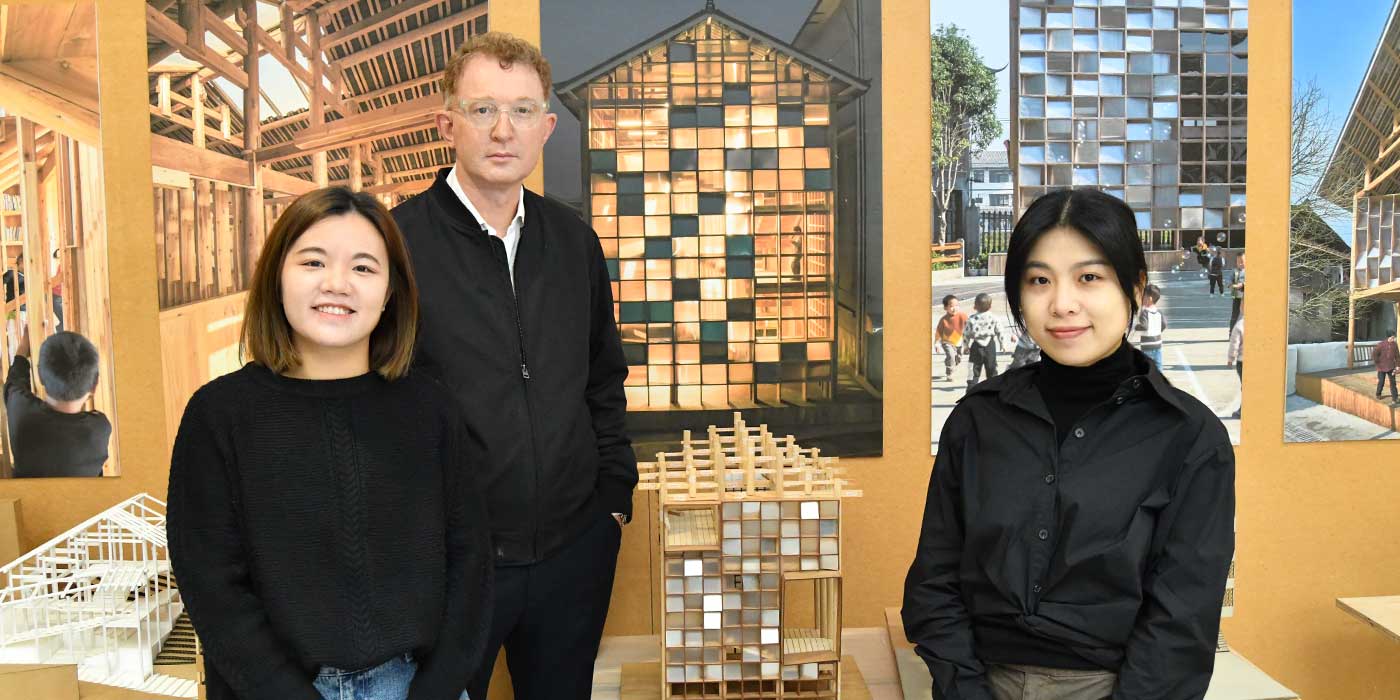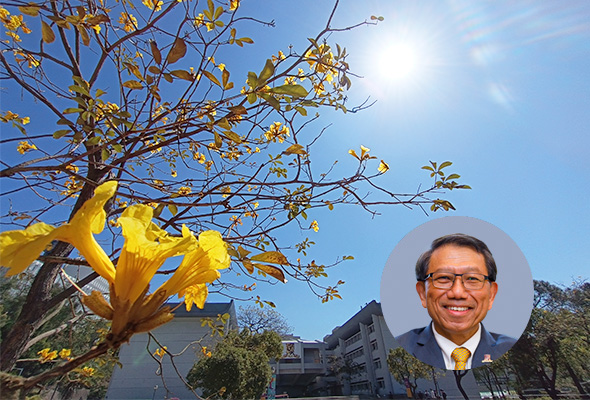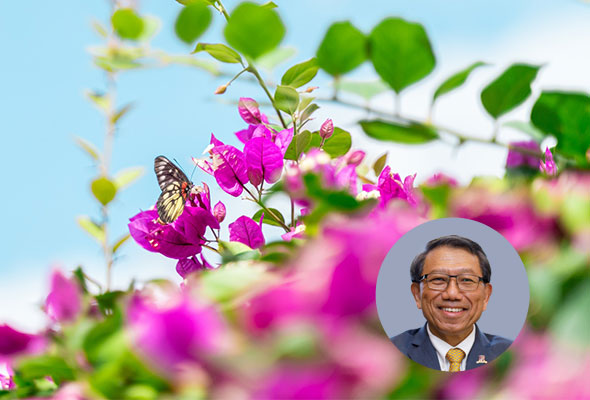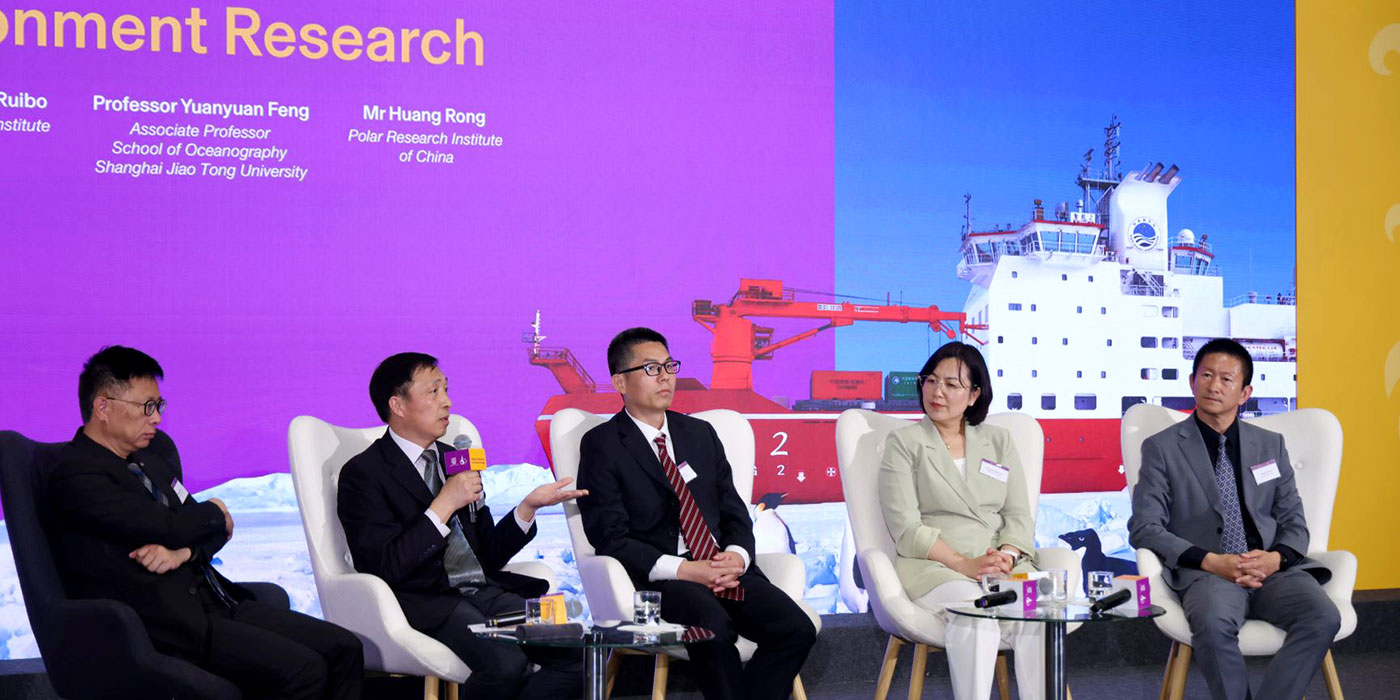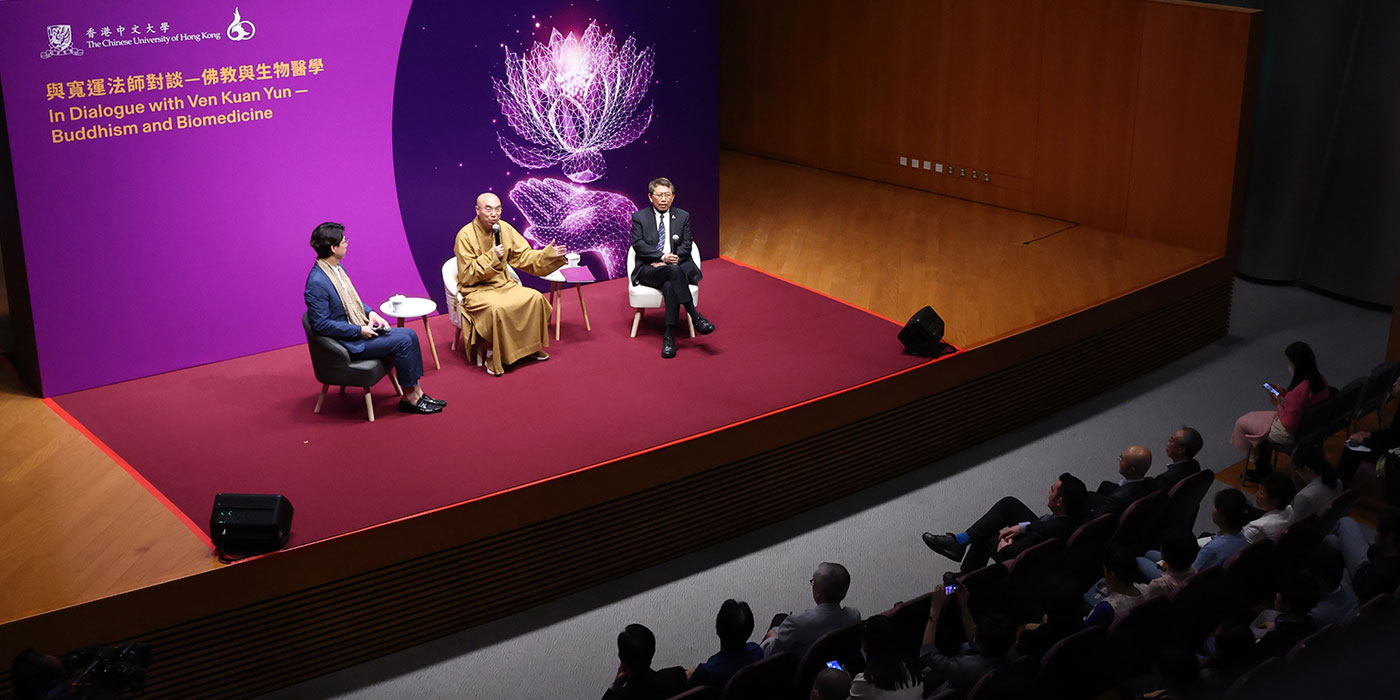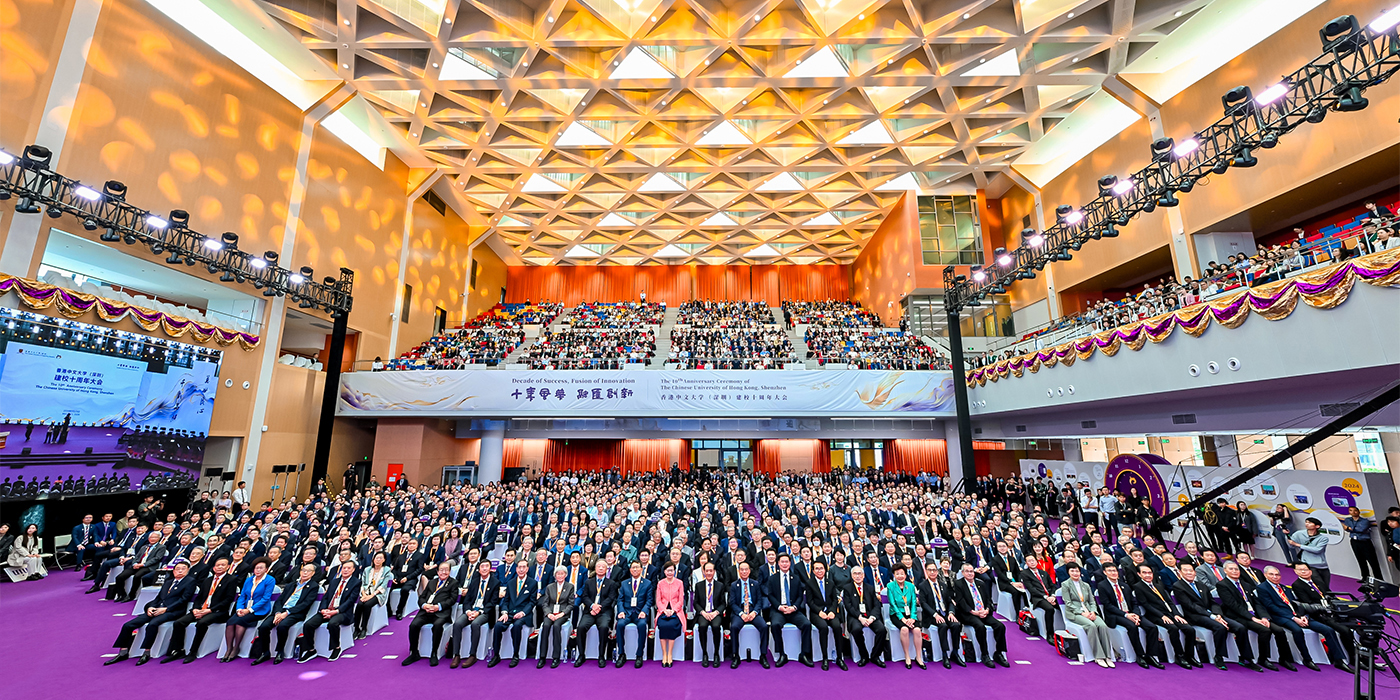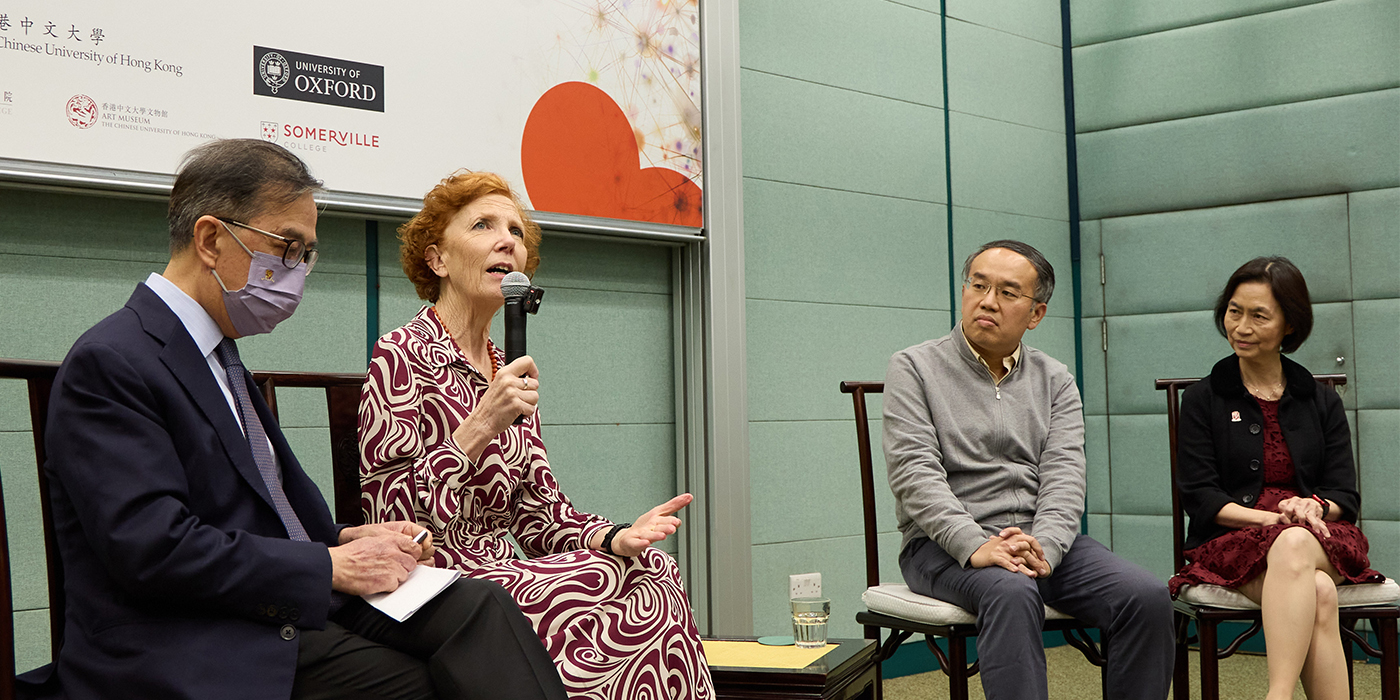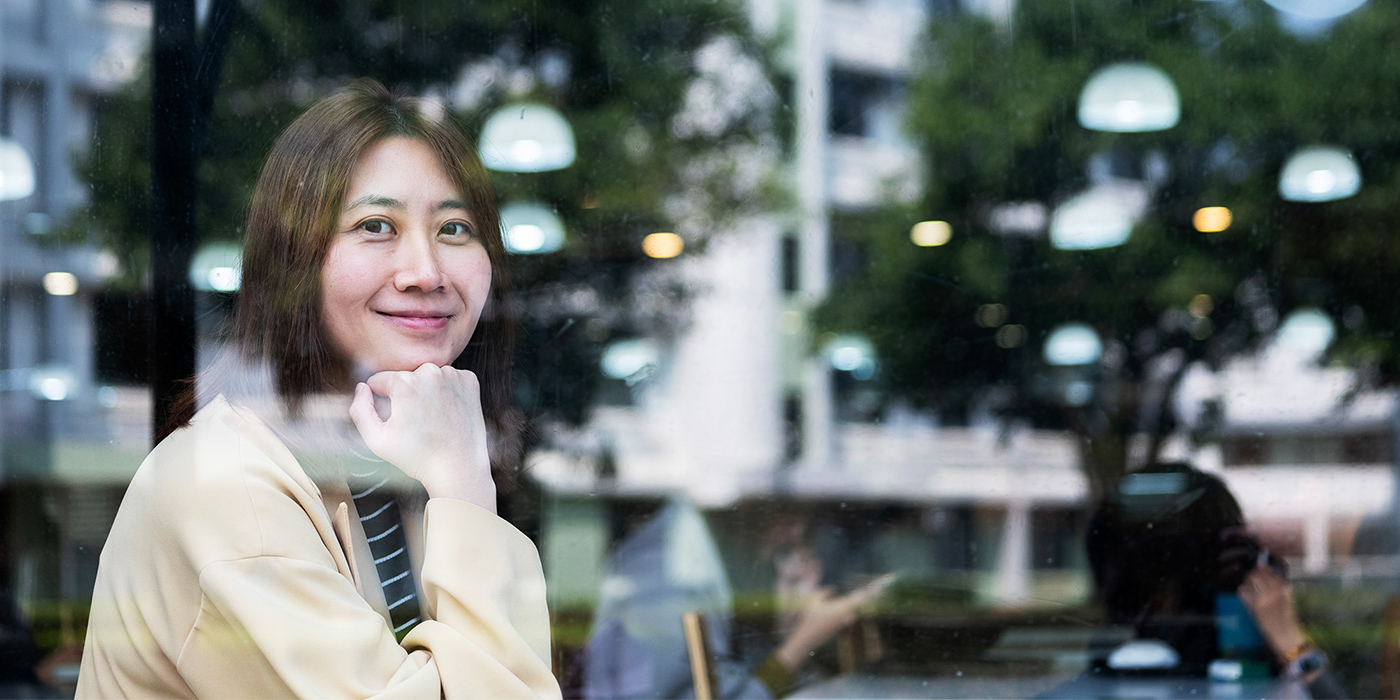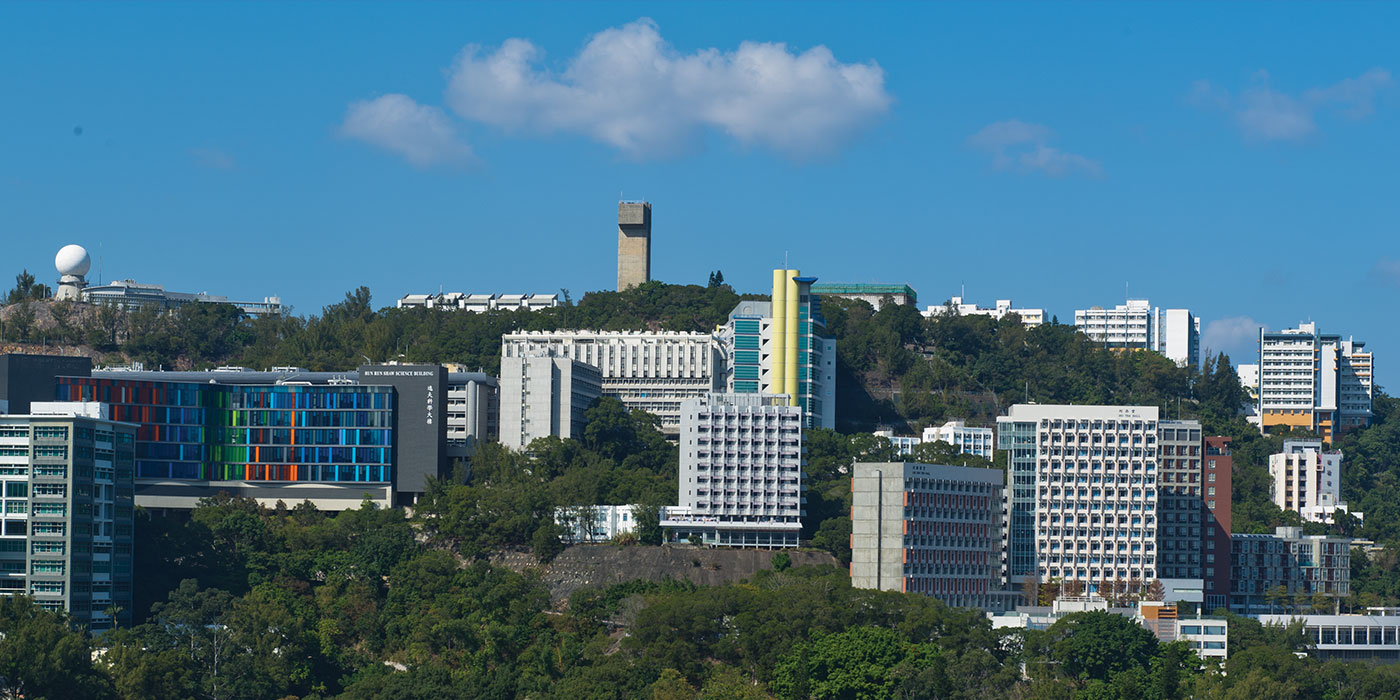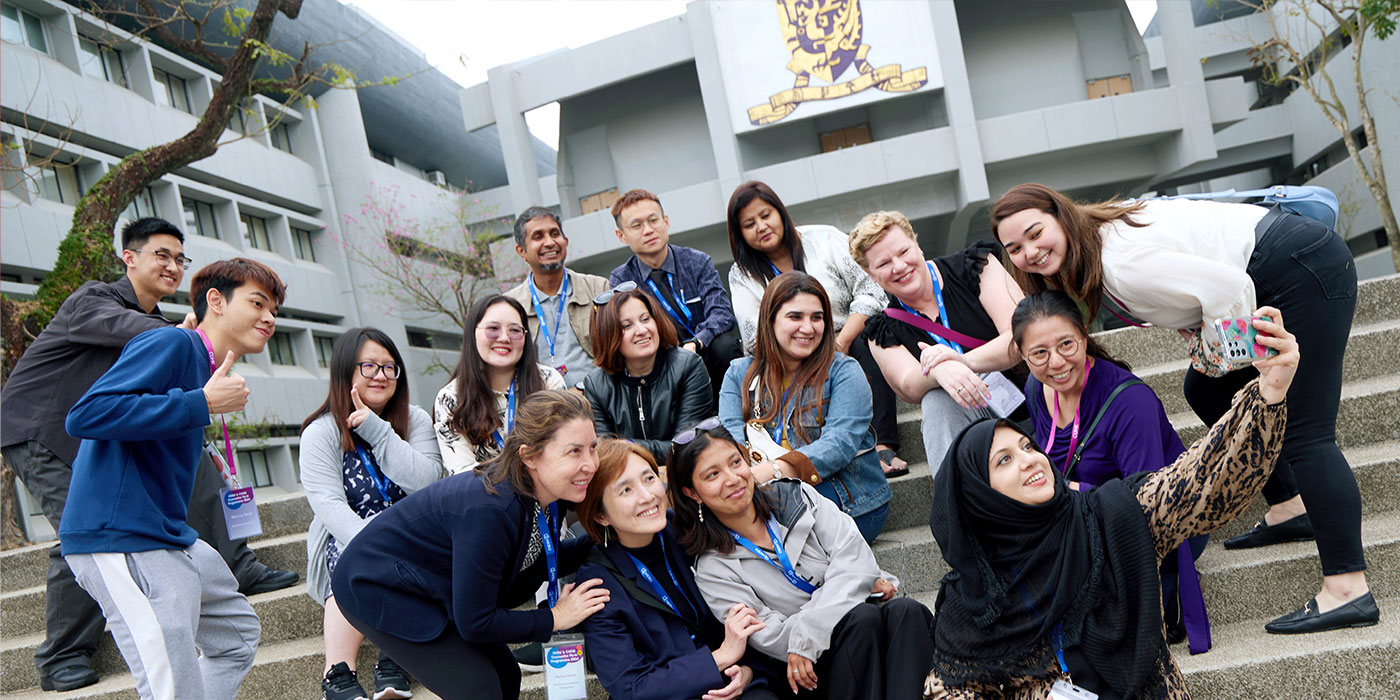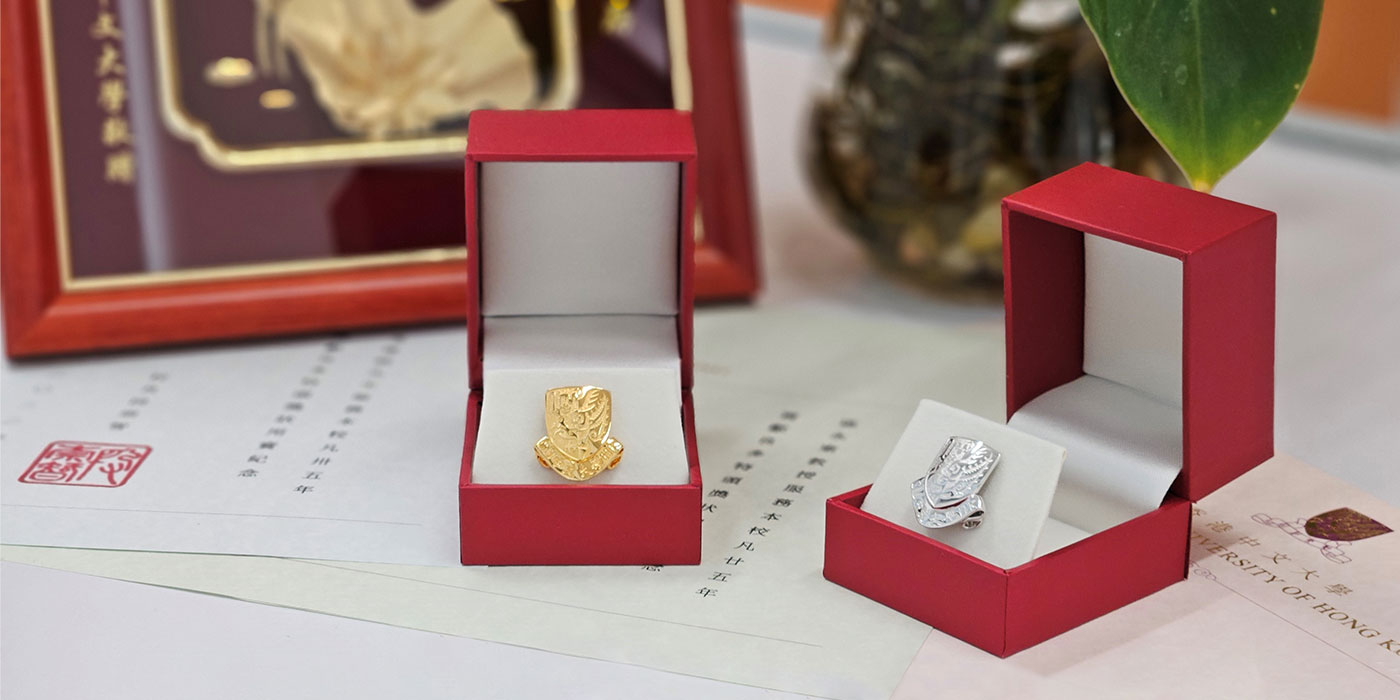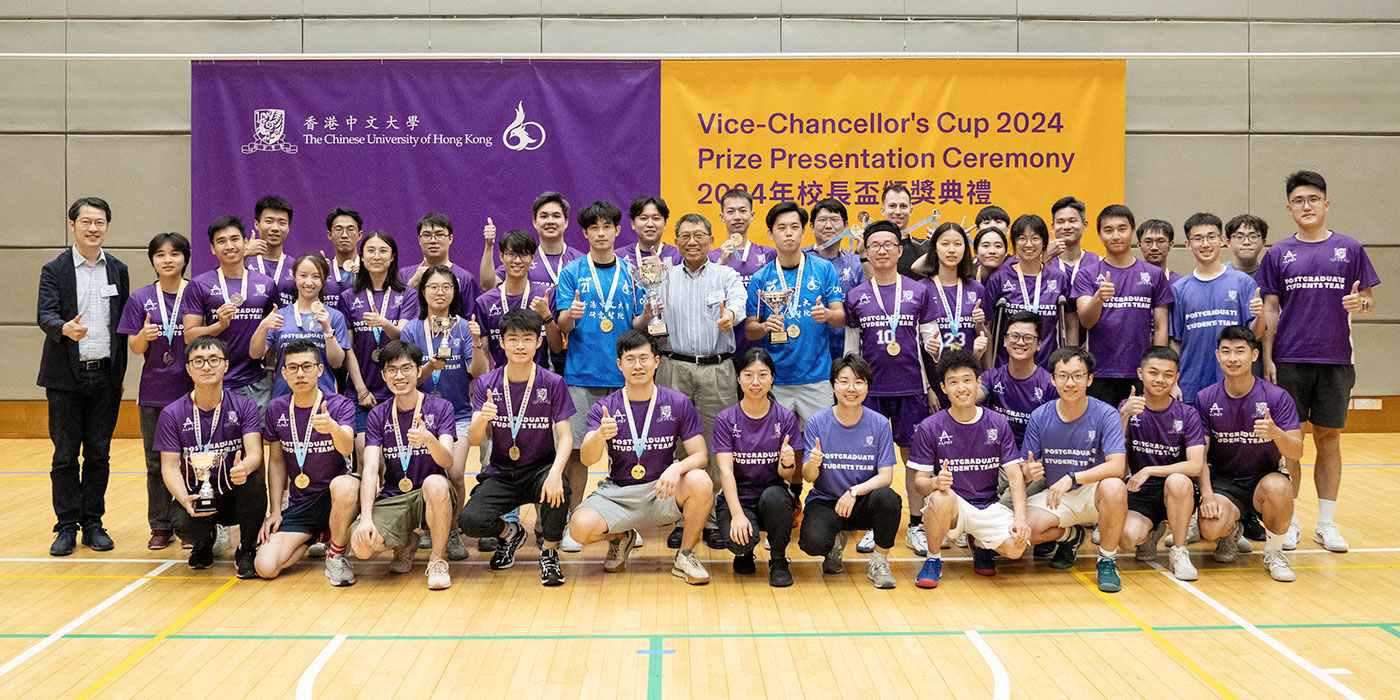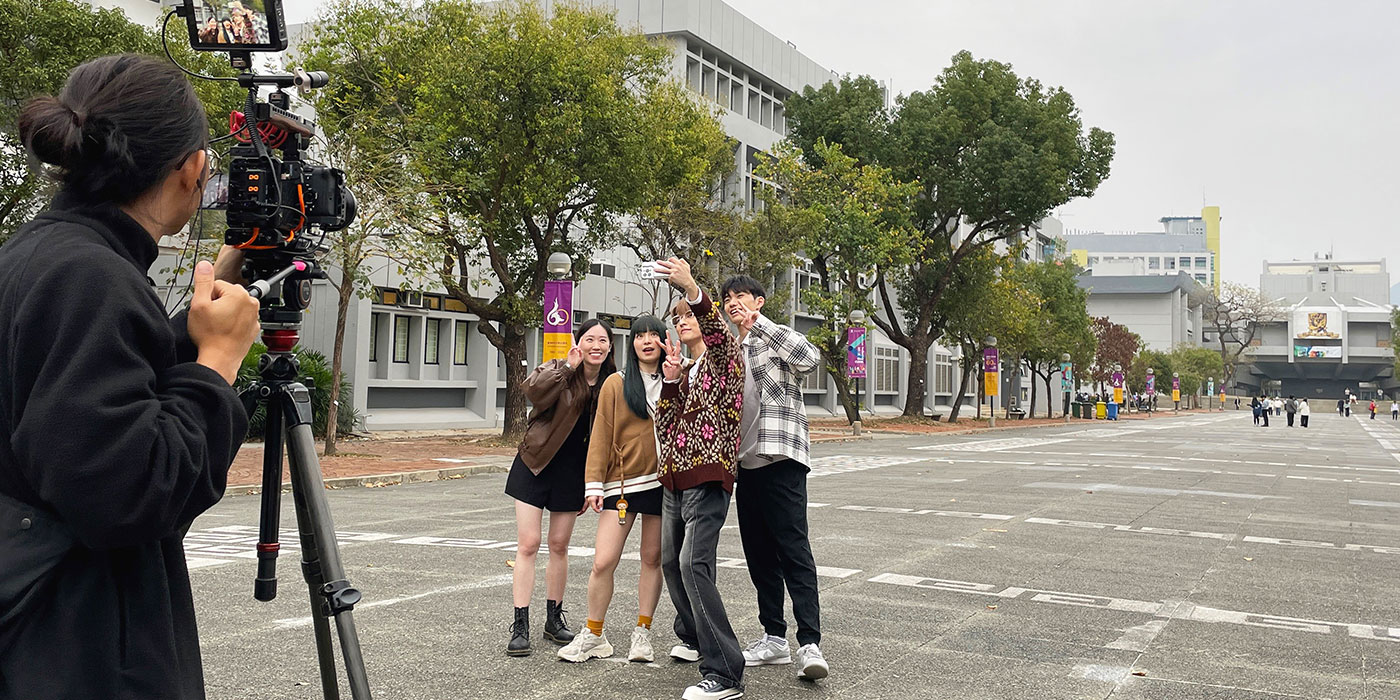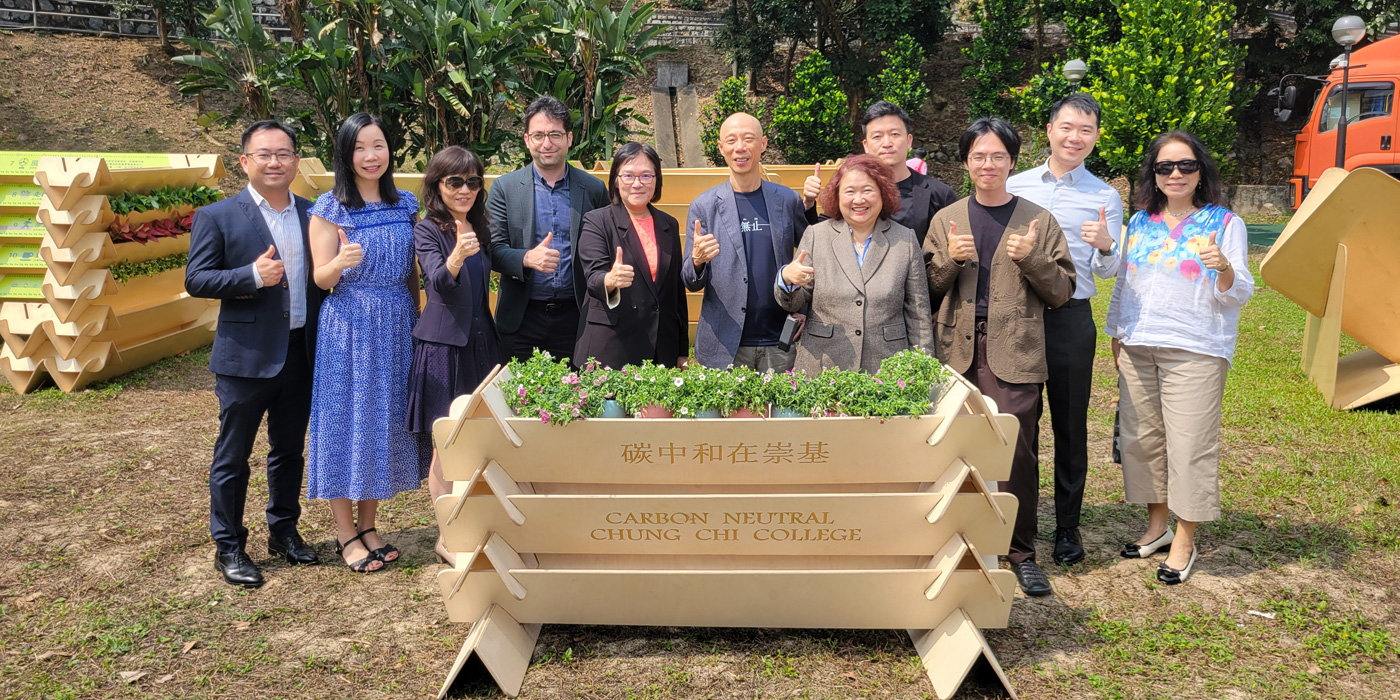The Condition_Lab team: (from left) Milly Lam, Peter Ferretto, Paula Liu
A serendipitous encounter
Through a rural library in Hunan, Peter Ferretto recaptures soul of Dong culture
Peter Ferretto has fondness for the word “serendipity”. On the day he turned 18, the Italian boy bade his parents farewell and headed to England, his mother’s birthplace. A keen observer with passion for drawing and architecture, he has been led by unplanned openings to Paris, Madrid, Basel, Seoul, and now Hong Kong, first as a practising architect, then an academic.
And it was by another serendipity the associate professor of School of Architecture came to know the architecture of the Dong ethnic minority in Hunan province and, later, build libraries for them. Shortly after his arrival in Hong Kong in 2014, he felt lost and was unable to integrate into academic life. In 2015, he attended a conference and met Cai Ling, professor from Guangzhou University who made a presentation on Dong architecture. Fascinated by its distinctiveness, he asked the professor if he could visit the Dong village with her team. What followed was an array of summer workshops and studies on Dong’s oral histories, building projects showcasing vernacular carpentry—and close bond with villagers and the children.
A giant lantern of hope
Gaobu Book House, built in 2018, is the first children’s library created by Ferretto and his team at Condition_Lab, a social enterprise run by the professor and his two doctoral students, Milly Lam and Paula Liu. Three years later, they unveiled Pingtan Children’s Library. The 1938 square-feet, three-storey library reprises the exquisite style and craft of a traditional Dong house. The material and construction method, including pitch roof, wood and system of interlocking columns and beams that dispenses with nails, are modelled on Dong’s architectural concepts. Its interior is, however, thoroughly contemporary, with two intertwined staircases running through the building, which has no floors or chairs. The stairs serve as seating, with two of them standing 30cm which is the height of a child’s chair. Built with a modest budget of HK$600,000, the library makes use of natural light and ventilation, with slanting windows endowing depth, framing views and letting in light. At night, the lit building metamorphoses into a giant lantern.
In December, the Pingtan library won major prizes at the World Architecture Festival, dubbed the industry’s Oscars. After winning in the education category, it outdid other commercial, big-ticket designs to clinch the World Interior of the Year Award and the Best Use of Natural Light Prize. According to the judges, “Condition_Lab set out to realise a building with the community, for the community”.
“Education in a traditional rural school can be rigid. We want to create a space that is not a school, where you learn by playing,” says Ferretto. Like the Dong bridge, where people meet and rest daily, the staircases are where children read, sit and frolic around. “They run, stop, and are constantly on the move. They are always happy when they go in there; they don’t have to keep quiet in the library.”
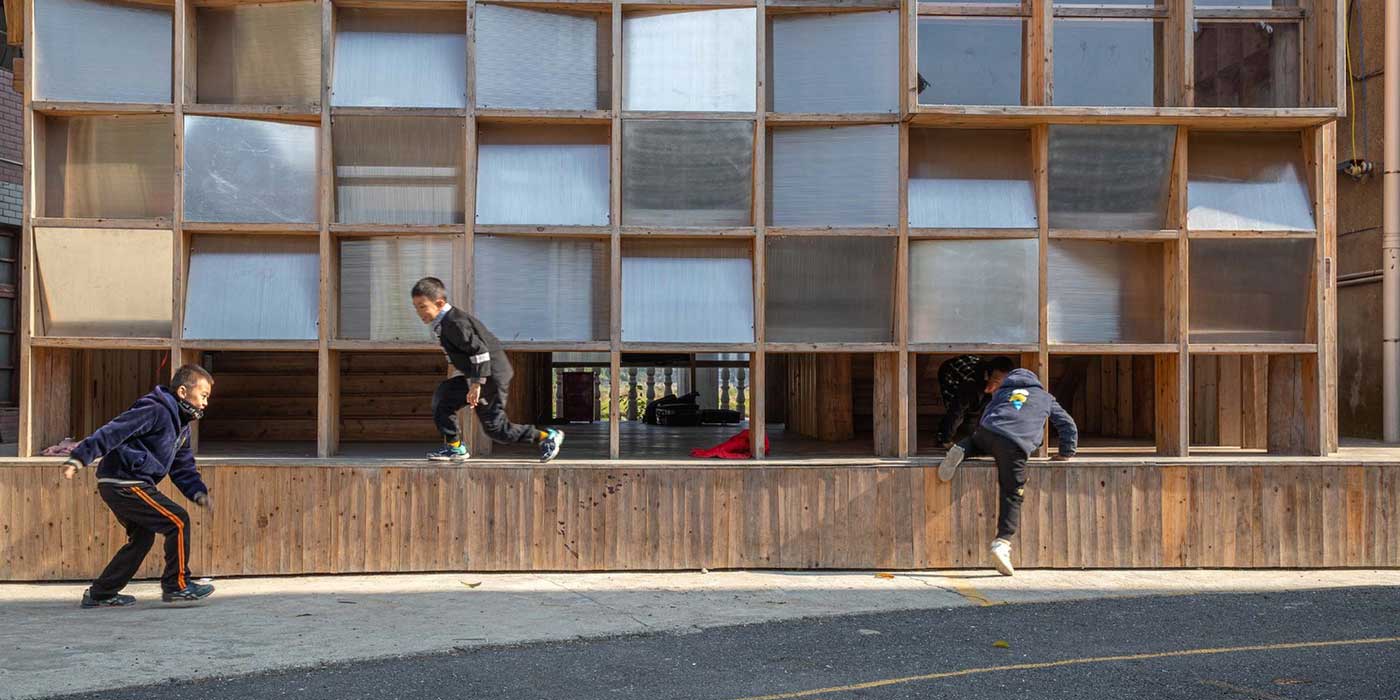
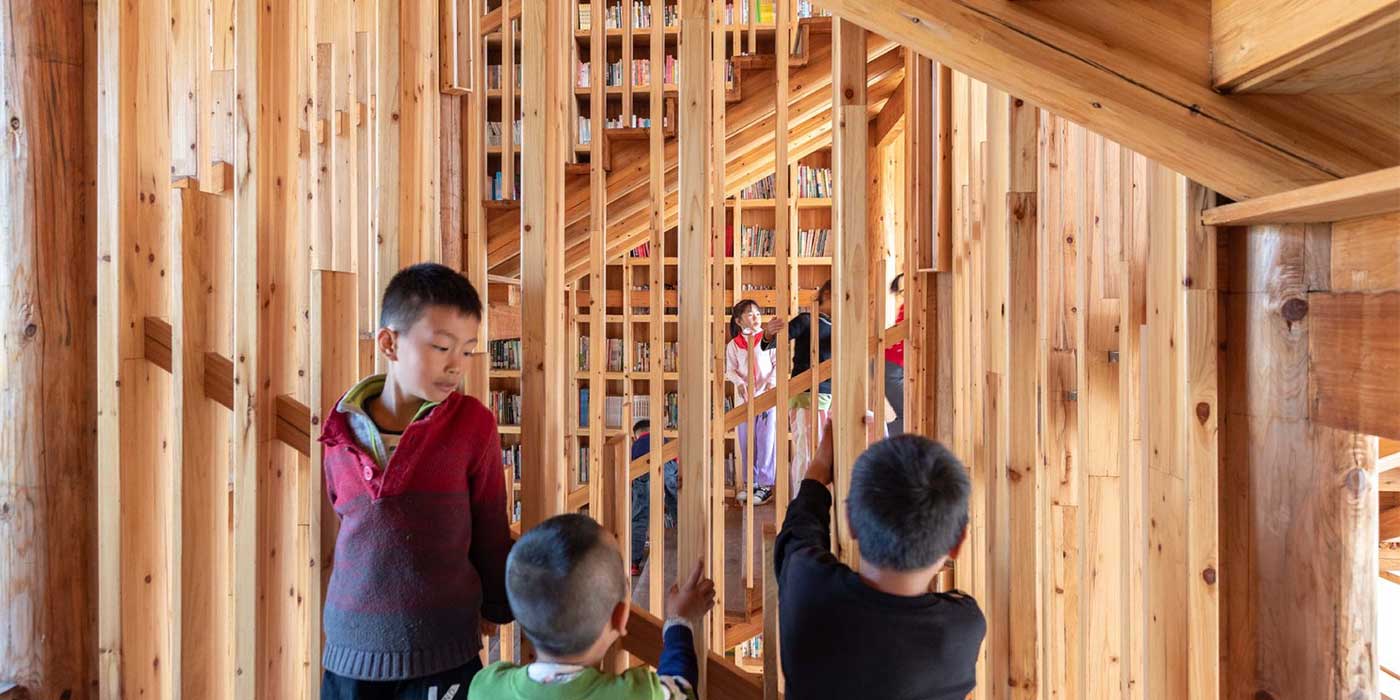
Building libraries was a natural choice for the social-minded professor. Immediately drawn to the children when he first arrived in the village, he decided it would be his best bet. “I want to help the children by giving them hope. With hope, everything is possible. As an architect and university professor, we have integrity, and we want to show that architecture is not just for the rich and commercial.”
Through the windows, the children can take in the village’s idyllic scenery, looking out on the rice fields where their grandparents and parents are working. “Many people say Dong culture is dead and people are going to work in big cities. I want to show traditional design can be contemporary, and it can be interesting. If they have good food, good environment and much better values, why not stay in the village?”
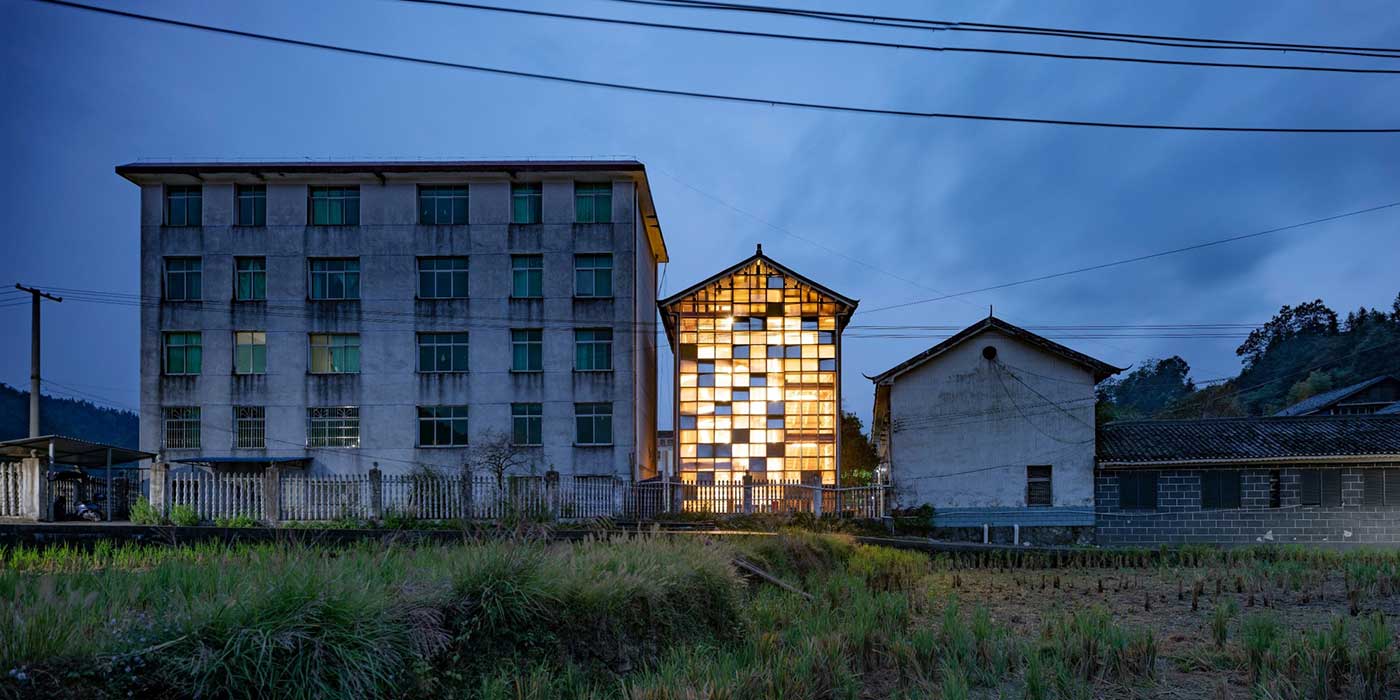
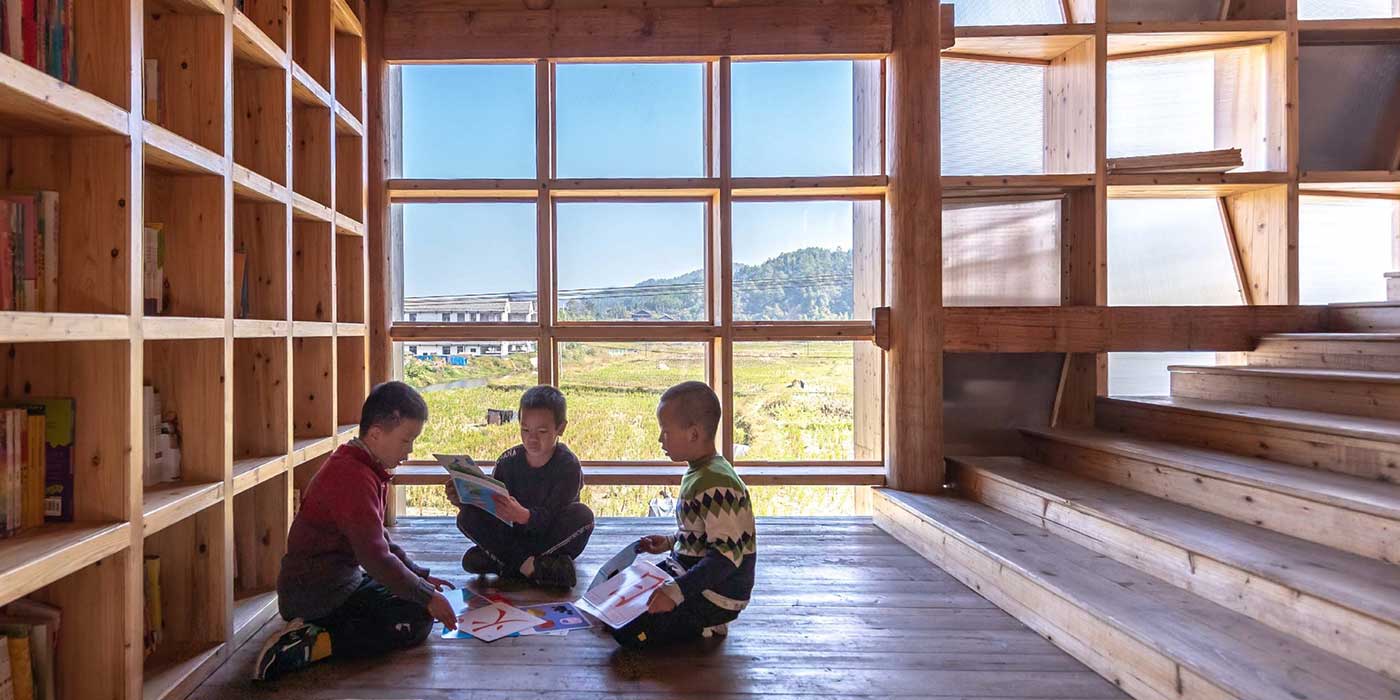
Labour of love
The building of trust, though, takes time. Viewed sceptically by villagers during his first visit, Ferretto earned their trust as he returned there for another summer workshop in 2017. He then proposed building a library for children, and the villagers agreed. Yet approvals by the village and party chiefs had to be sought and he was arranged to meet heritage professionals.
“These are protected areas; the heritage people joined our workshop and were impressed.” Again, serendipity came to his aid. The state broadcaster CCTV went to the village that summer and interviewed Ferretto. The programme was aired in November and, in the same month, regional authorities gave the nod.
Give architecture back to people
“We designed in a human-centric way and didn’t just rely on computers. We talked to carpenters, went and picked local timbers.
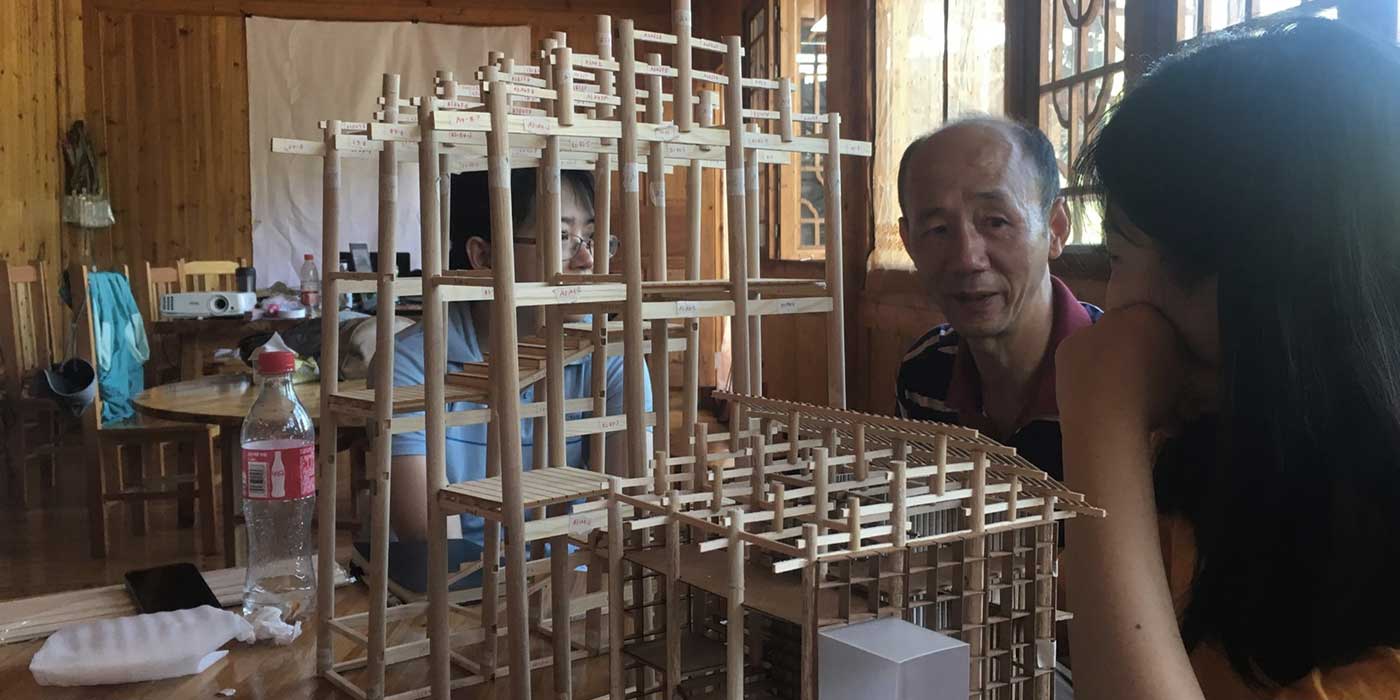
“Architecture is not just design; it’s also about people. You have to know how to approach the carpenter, so it is about human relations too. You came to know these people and learnt how they build, how they live, and you got to know the culture,” Ferretto says. “The carpenter is like a priest; everybody talks to him, consulting him on how they should live or work. He is effectively a counsellor, not just a carpenter.”
People remain at the heart of Ferretto’s practice, and he very much sees the whole profession in crisis. Leafing through a giant architecture hardback with pictures of beautiful curves and interiors, all devoid of humans, he laments: “We teach people to design things which are artificial, and we’ve forgotten about how people live.
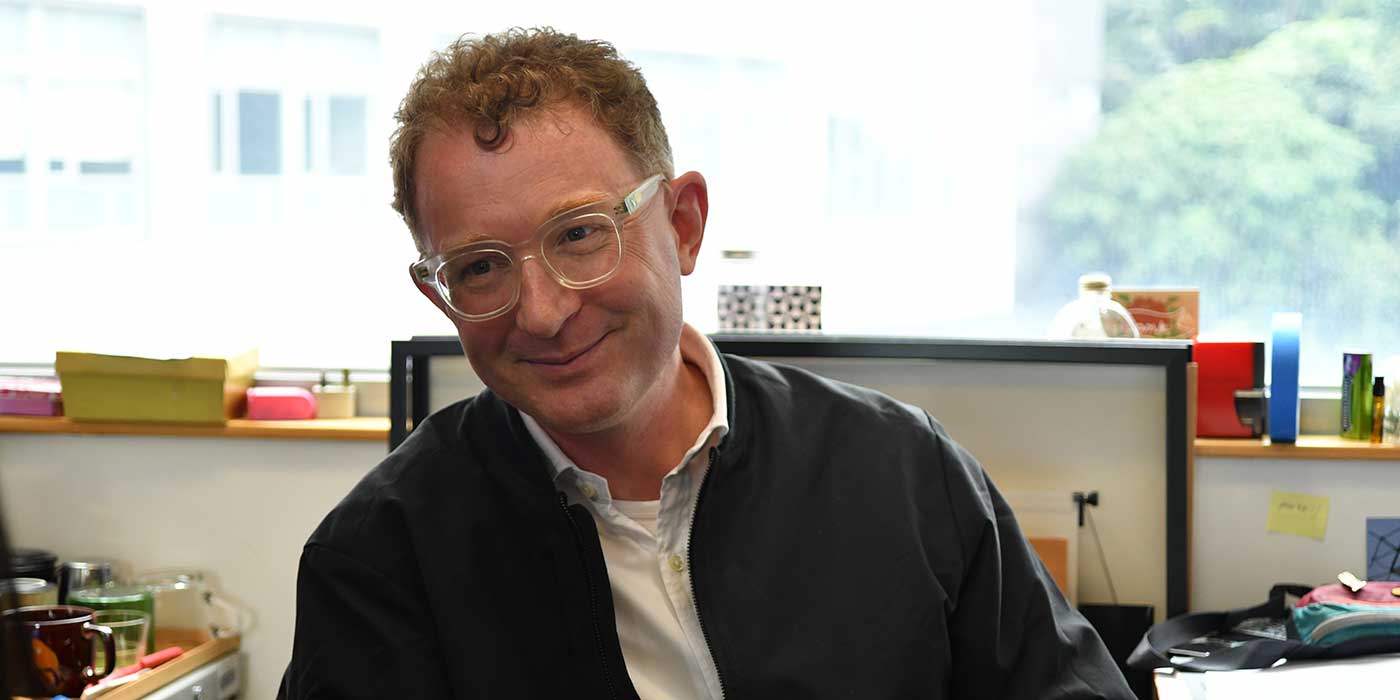
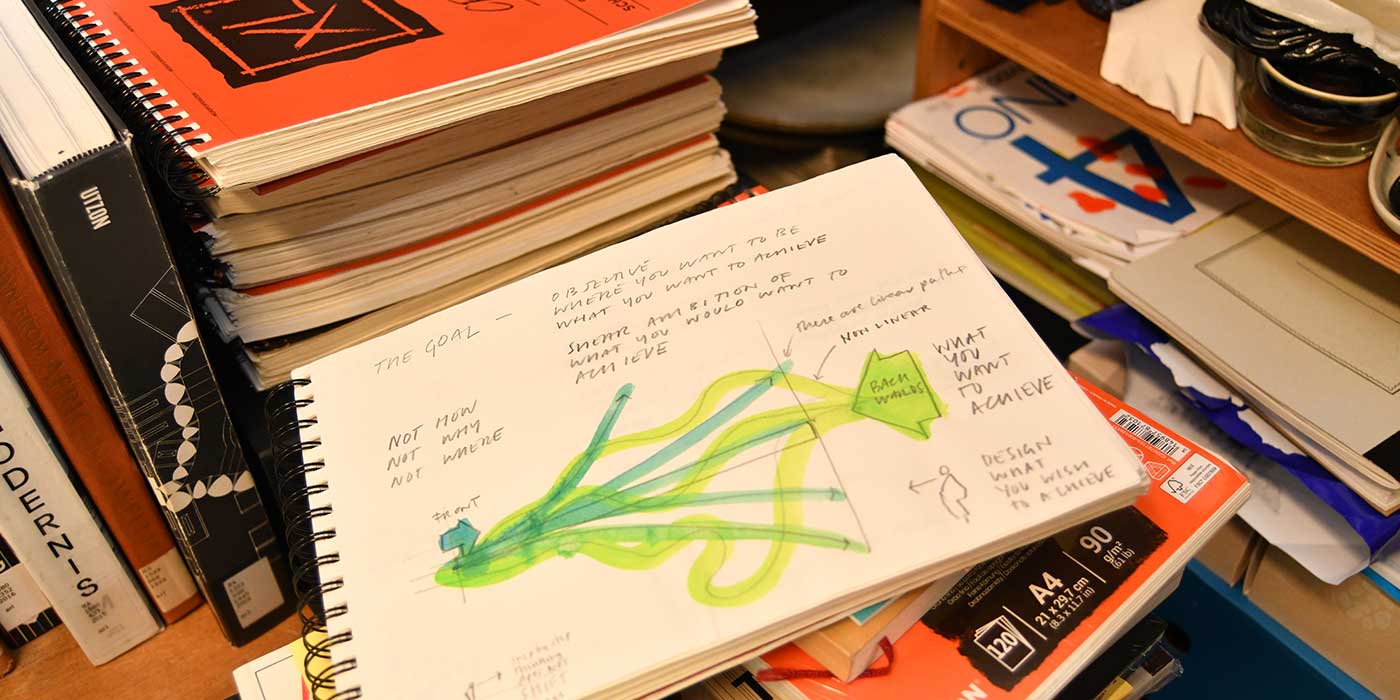
“It is a crisis in the way architects are thinking. I want to forget about making objects; I want to make places where people feel happy and can change their lives,” affirms Ferretto.
The team is looking to build two more libraries and a research centre for the study of Dong culture in Pingtan Valley. Loving to create, the professor does not stop here. He has visited Kenya with 14 students recently, as they planned to build a library there and work with UN-Habitat on other new projects. And he loves the land and the people.
“I gave a lecture at Nairobi University. Every single student was raising her hand,” says he. “They are hungry for knowledge. People who make a difference are those who are hungry for it.”
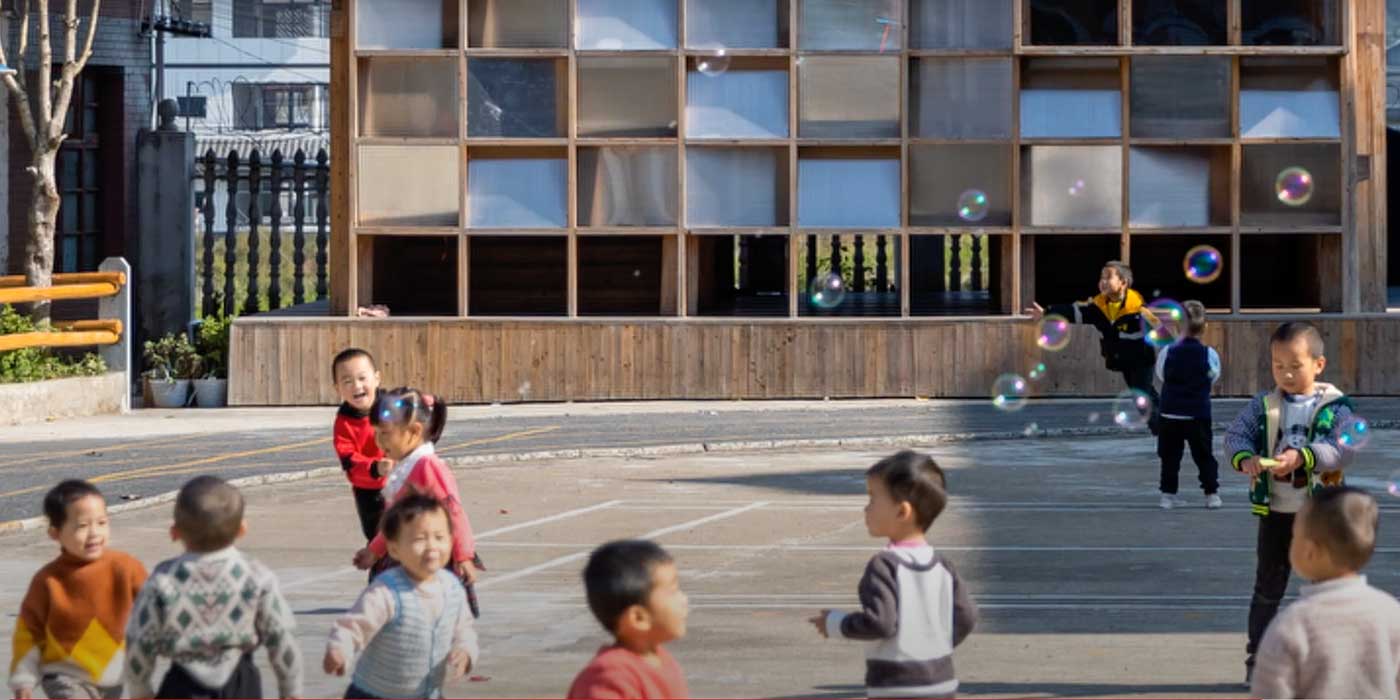
By Amy Li
Photos by Matthew Wu

